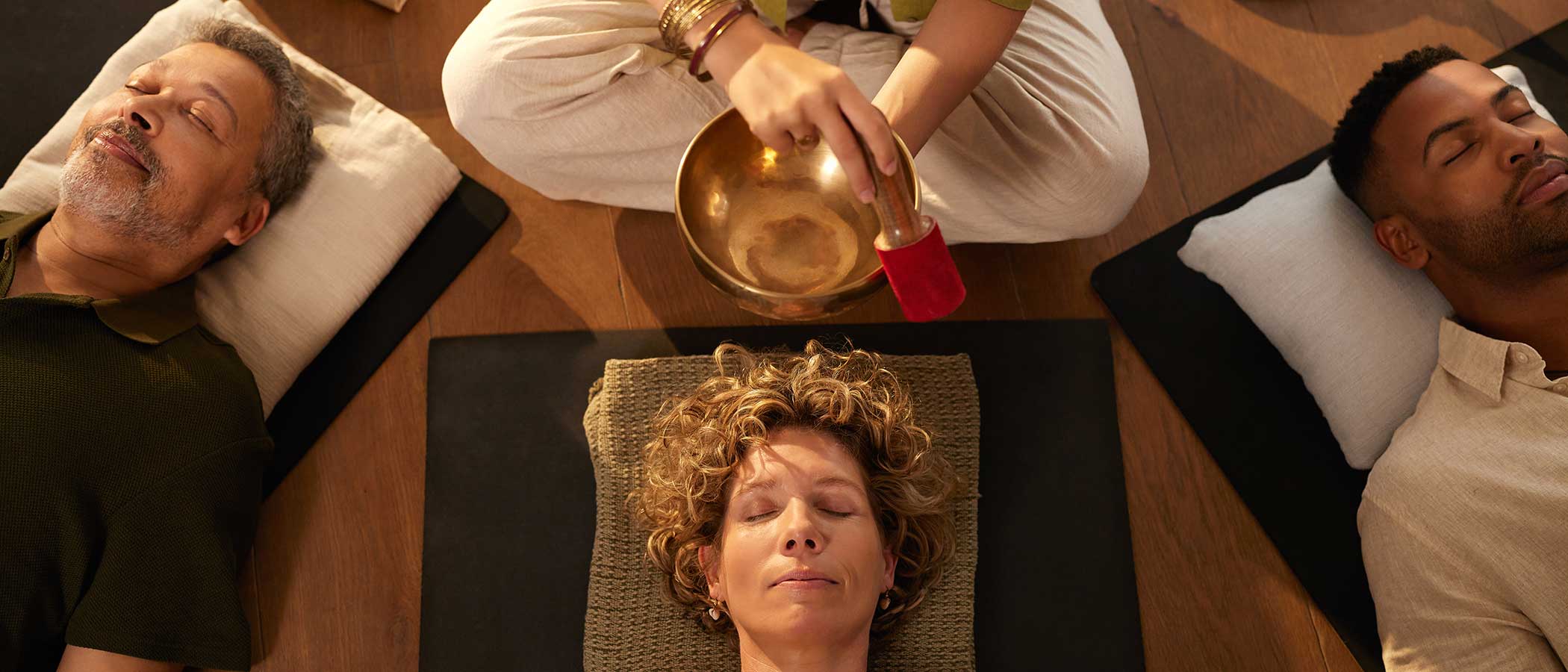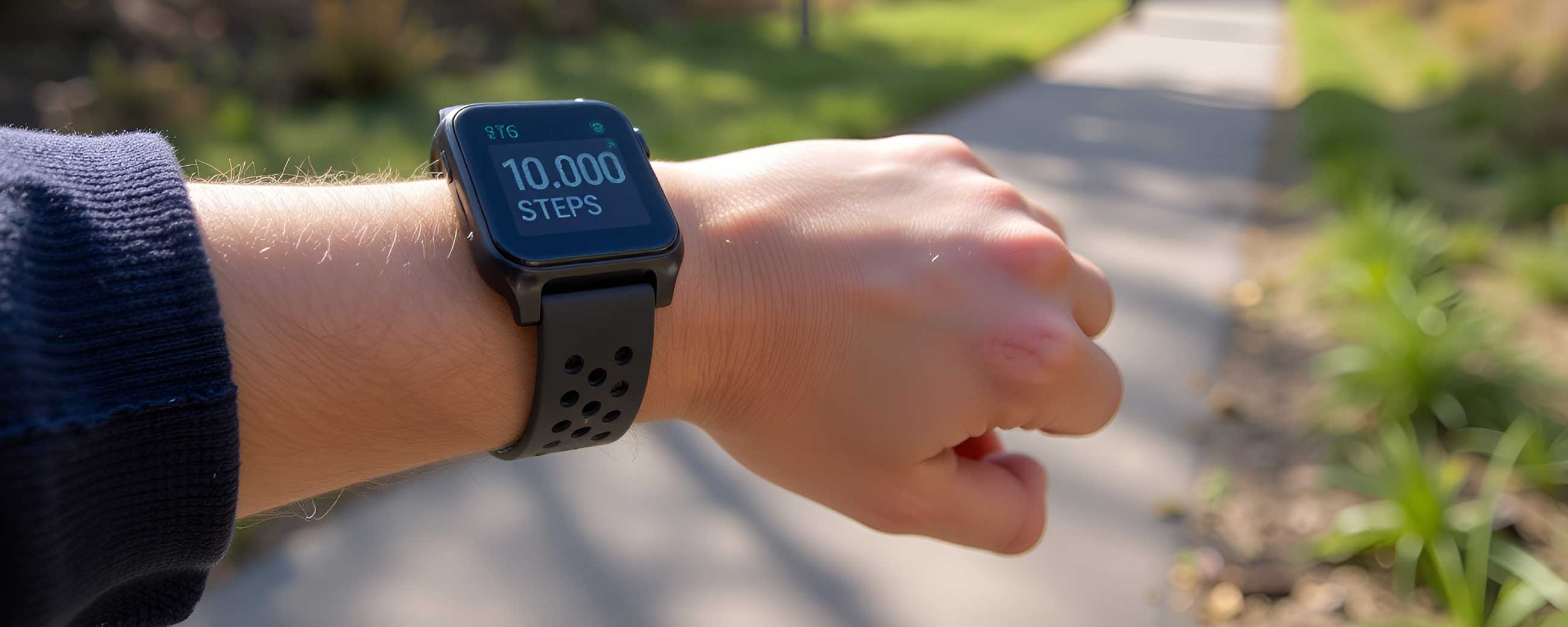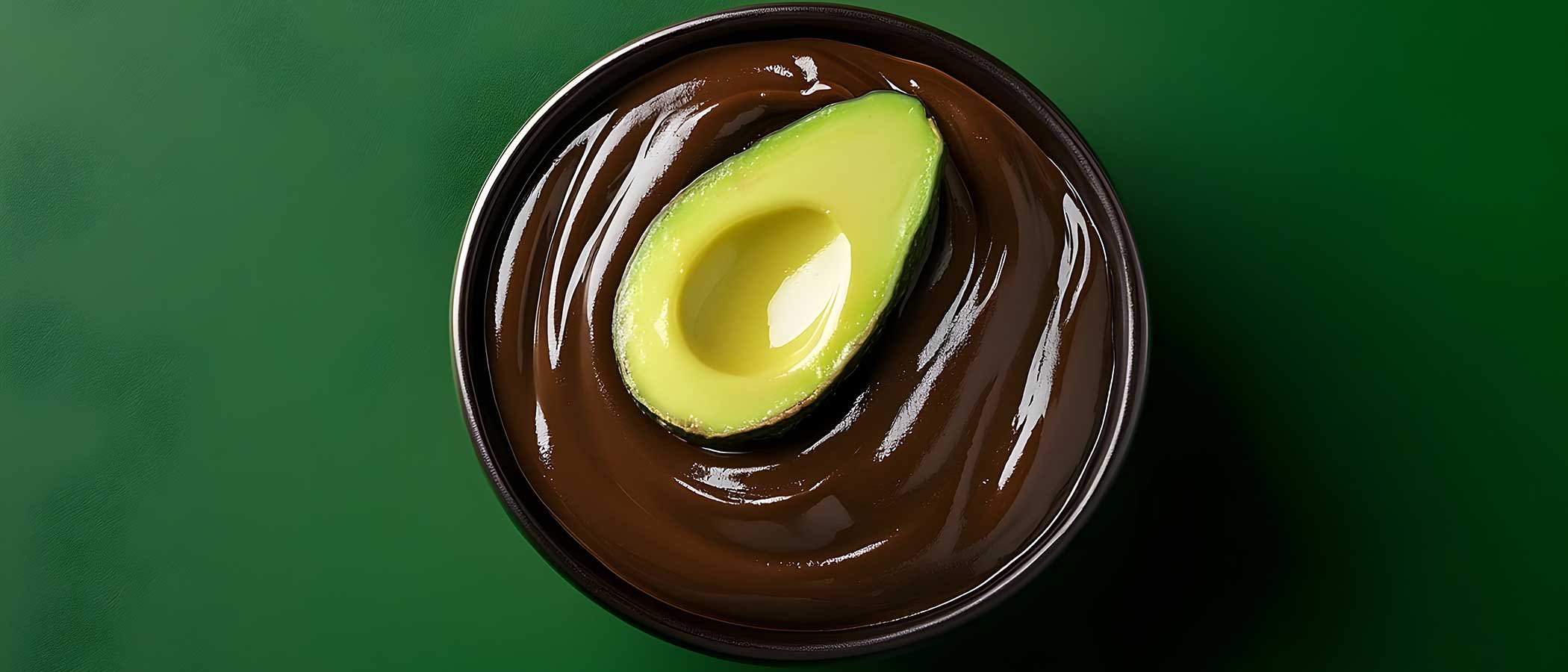
5 Minute Meditation Techniques That Keep You Centered
Five years ago, I used to think that the only way to meditate effectively was in a sparse, frankincense-scented room, totally blissed out and clad in Lululemon alt-leisurewear. Perfect circumstances became the enemy of good practice. Then, I realized that you need very little to meditate; with five minutes, a quiet space, and a pair of sweatpants, you can reap all of the mental health rewards.
Meditation can tame anxiety, improve sleep, and sharpen your cognitive abilities. It’s not a substitute for medical or mental health care but a supplemental tool to help you regulate your stress and stay centered. I use these five-minute meditation techniques both at home and on the road, and the cumulative benefits are terrific. Hop into something comfy and take charge of your mental health today.
Sound Baths
Sound baths work through repetitive vibrations designed to induce deep relaxation in the body. This type of meditation has a long history, dating back to Nāda yoga and Indian Vedic texts, as well as 16th-century China. Metal or crystal singing bowls, tuning forks, or drums are all used to create the hypnotic, all-encompassing sound.
While sound bath classes are popular and mostly ubiquitous, especially in big cities, you can duplicate the experience at home with quick videos that range from just a few minutes to half-hour sessions. If you have a singing bowl, you can recreate the sounds yourself, although some practice may be required to get the meditative tones just right —at least in my experience.
Visualization
Visualization is by far my favorite form of meditation. Just imagine yourself somewhere else as vividly as you can. My ultimate happy place is a sun-dappled stream surrounded by green ferns and sloping moss-covered rocks, and whenever I visit this sanctuary of my mind, I can feel my heart rate slowing and my breathing regulating. Just thinking about it is enough to calm me down.
The best thing about visualization is that you don’t need anything other than yourself and five minutes. I focus on a calm forest sanctuary, but you can visualize a color, your future self, or loved ones to whom you want to extend grace and kindness. The point is to be present and intentional.
Aromatherapy
Aromatherapy intimidated me for a long time. I needed the perfect diffuser and the ideal blend of oils to make it work. Not true. Scents are intensely powerful and deeply personal, and you don’t need much. I bring a roll-on applicator of lavender, orange, or eucalyptus, my three favorite scents when I travel. Lavender and eucalyptus help me chill out, and orange is energizing, clearing out all of those mental cobwebs and preparing me for the day.
The history of aromatherapy is almost as long as the history of humankind, dating back to the Neolithic Period. Scents move us, transform our moods, and help us relax. You can use a diffuser or apply oils to your skin before meditating. I like to dilute my oils with unscented argan oil, but you can use any carrier oil you have on hand. My skin doesn’t like undiluted essential oils, but your mileage may vary.
Breathing Techniques
Meditation breathing techniques, or Pranayama, have roots in Indian Vedic texts and are a profoundly spiritual and historical practice. I have a basic understanding of some of the techniques, but what I do is more akin to deep breathing and not to be confused with the culturally significant and specific practice of Pranayama.
My technique involves breathing in deeply through the nose, holding breath for a count of five, and releasing it for a count of five through the mouth. Doing this helps me focus on my body and stay present. I also like to place a hand on my stomach as I breathe in and out, which helps me physically feel the air entering and leaving my body. There are also apps, like iBreathe that offer short, guided breathing sessions to help you get started.
Body Scan
I always try to work in a body scan at least once a week. It helps me feel totally physically present and plugged into what’s going on. It’s also a great way to ground yourself. I start by lying down on my yoga mat, take a few deep breaths, and then begin to slowly scan my body from the top of my head to my feet.
I take a few minutes to focus on each area, noticing how it feels, before moving to the next. Body scans are an excellent way to intertwine your meditative world and the physical one and prepare you for the day. You can easily fit a thorough one into two to three minutes, too!
You don’t need an idyllic set-up or the perfect leggings to start meditating. Do your body and mind a favor and start small now. Over time, you’ll start to see the cumulative mental health effects of regular meditation, just like I did.

This publication is intended for informational purposes only and is not meant to be a substitute for professional medical advice, diagnosis, or treatment. Always seek the advice of your physician or other qualified health provider with any questions you may have regarding a medical condition or any advice relating to your health. View full disclaimer

Elizabeth Lavis is the co-author of two Lonely Planet guidebooks and has multiple bylines in international print and digital publications. Her favorite mountain range is the South American Andes with the Caucasus mountains a close second and she's looking forward to a multi-day trek in the Himalayas in 2025.








